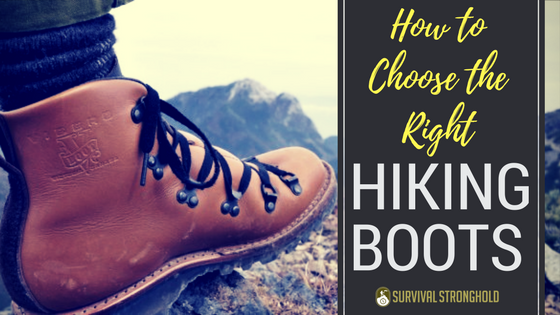Every avid hiker or outdoorsman knows the value of a quality pair of hiking boots. A bad pair can ruin a camping trip or even cause an injury, so you need to be sure you get the right boots for your needs.
First, consider how they’ll be used. The most common hiking injuries are twisted ankles and stubbed toes. The rougher the terrain, the more ankle support you’ll need to keep yourself safe. Will you be walking well-kept, manicured pathways? A low/mid-cut leather boot will be comfortable. If you prefer more rugged trails for hiking and backpacking, ankle-high boots provide the best comfort and protection. For trailblazers who cut their own path through steep grades and rough terrain, a high boot with support above the ankles is the safest option.
When shopping for your boots, keep these features in mind:
- What is your climate like? Pair your boots with a pair of waterproof socks, liners or an exterior waterproofing application for rain protection. In arid conditions, breathable socks and well-ventilated boots are a must.
- How much does the boot weigh? The heavier the boot, the more work for your legs to do.
- Does the boot provide arch support? Without good insoles, hiking literally becomes a pain. Consider using orthotic insoles if needed.
When testing out boots in the store, be sure to wear your favorite socks and insoles for an accurate fit. Take a few steps around the store. If your heel rubs against the back or your toes touch the front of the boot, you need to size up or choose a different model. Lastly, look the boot over to check for things like loose stitches, weak construction, or cheap components like lace eyelets or hardware.
When you’ve found your perfect hiking boots, take the time to break them in before wearing them out on the trail. Wear them around the house (or at work, if you can) with a pair or two of good socks to keep from getting blistered. Once the stiff materials have a little more flex to them, your new boots are ready for action!
If you enjoyed this, you might also like….


